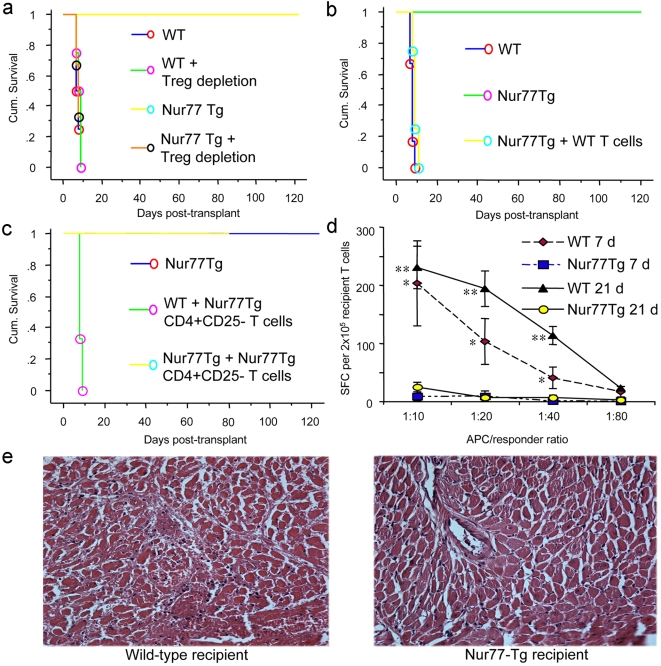Figure 5. Long-term acceptance of MHC mismatched cardiac allograft in Nur77Tg recipients.
(a) BALB/c cardiac allografts were accepted long-term by Nur77Tg recipients, in contrast to acute rejection in WT C57BL/6 recipients (p<0.001). Long-term survival was dependent upon Treg cell function since Treg cell depletion by thymectomy and CD25 mAb therapy pre-transplant restored acute rejection in Nur77Tg recipients (p<0.001 vs. control Nur77Tg mice). (b) Adoptive transfer of WT T cells restored acute allograft rejection in Nur77Tg mice (p<0.01); 2×106 CD4+CD25− WT T cells purified using magnetic beads were injected i.v. injected into Nur77Tg recipients (n = 4) immediately post-transplant. (c) Adoptive transfer of additional Nur77Tg T cells did not restore allograft rejection in Nur77Tg recipients; 1×107 CD4+CD25− WT T cells purified using magnetic beads were injected i.v. into Nur77Tg recipients (n = 4) immediately post-transplant. (d) Significantly decreased donor-specific responder frequency in Nur77Tg recipients of BALB/c cardiac allografts. Recipient spleens (n = 3/group) were harvested at 7 or 21 d post-transplant and CD3+ T cells were isolated by MACS separation; purified recipient T cells were re-stimulated in 96-well ELISPOT plates using irradiated donor splenocytes (donor-specific antigen) or recipient splenocytes (syngeneic controls) at different stimulator to responder ratios. Recipient anti-donor responder frequencies were determined by IFN-γ spot-forming cells (SFC)/2×105 recipient T cells (mean±SD); *p<0.01 and ** p<0.005 for WT vs. Nur77Tg data at corresponding time post-transplant. (e) Acute rejection of BALB/c allografts in WT recipients (left) versus minimal leukocyte infiltration and myocardial or vascular injury in allografts harvested at 7 d post-transplant from Nur77Tg recipients (H&E-stained paraffin sections, original magnifications ×250).

